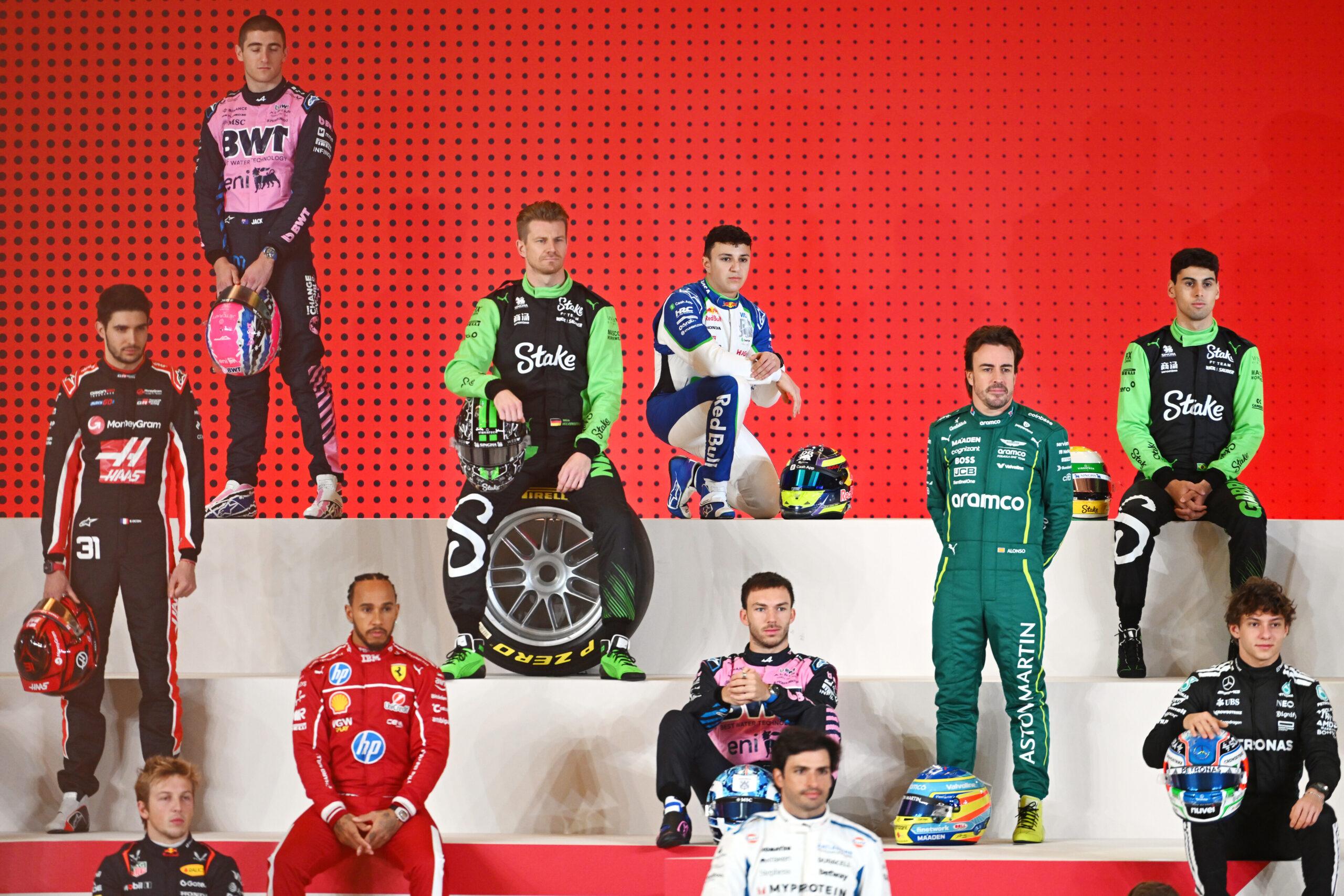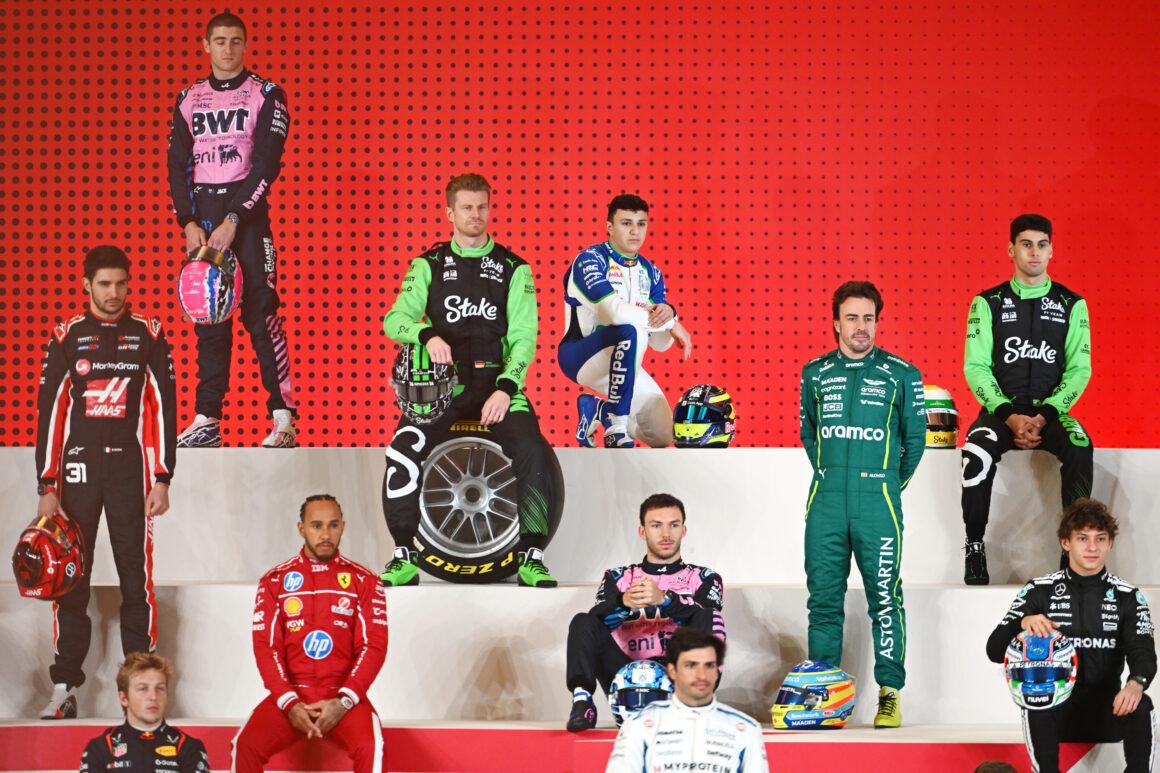Scott Speed arrived in Formula 1 like a lit match near a fuel drum. Brash, fast, and backed by Red Bull’s rocket-fueled junior program, he looked like the American savior F1 had wanted for decades. Then he was gone in a season and a half. What happened? Simple. A storm of ego, illness, politics, and bad timing blew the tent down.
He wasn’t just a product of hype. He had real pace and serious karting chops, raised in California and pointed at Europe from the start. But F1 is a meat grinder. If you show weakness, it doesn’t blink. And Speed didn’t just have to fight the stopwatch — he was fighting his own body. File this under: Yikes.
The Meteoric Rise: Red Bull, Europe, and the American Bet
Speed didn’t take the oval route like other California prodigies. He hit Europe early, chasing the F1 dream through the junior ladder. Red Bull saw the spark and strapped a booster onto his career. In the mid-2000s, that was the golden ticket. The expectation? Pay it off fast, or get off the ride.
He reached Toro Rosso in 2006 when Red Bull’s junior team was still figuring itself out. New team. New culture. New pressure. And Speed had to be more than fast — he had to be political. Spoiler: he wasn’t.
Toro Rosso Chaos: Ego vs. Reality
Speed admits it today — his ego was outrageous. And in a paddock where respect is earned the hard way, that made enemies. He clashed with experienced figures, including established Red Bull voices like David Coulthard, and felt the heat from team boss Franz Tost. Not ideal when your seat isn’t bolted down.
The car didn’t help. Toro Rosso wasn’t a midfield rocket; it was scrappy, inconsistent, and politically charged. You needed diplomacy and points. Speed brought bravado and flashes of pace. The combination wasn’t enough. The plot thickens like Toro Rosso’s excuse list.
The Hidden Battle: Chronic Illness in the Cockpit
Here’s the part most fans missed: Speed was battling a chronic medical condition through his F1 stint. That’s a handbrake you can’t see on TV. Fatigue, pain, inconsistency — all amplified in a sport that punishes the slightest dip in performance.
In a development-seat environment where every debrief is a trial, that kind of ongoing health fight is brutal. The stopwatch doesn’t care about your symptoms. Neither do career timelines. Another masterclass in how NOT to manage a young driver’s well-being.
2007 Meltdown: The Break Point
By mid-2007, the writing was on the garage wall. Results were lean. Patience was thinner. And Red Bull had a queue of hungry juniors ready to pounce. Internal friction spiked, performances wobbled, and the team opted for the simplest option: make a change, move on, and spin the PR.
Speed’s exit was abrupt, messy, and very Red Bull. Grab your popcorn, the factory drama was peaking. He was replaced, and the F1 chapter closed fast. Lights out and away we… oh wait, Speed’s already gone.
What Came After: Injury, Adaptation, Reinvention
Post-F1, Speed didn’t vanish. He pivoted. Hard. Rallycross, stock cars, and whatever let him race and win. Then came a serious injury that reshaped the way he approached life and competition. The swagger got recalibrated. The racer survived.
He became one of those rare drivers who figure out that being fast is only half the game. Staying around? That takes humility and grit. Somewhere, a PR manager exhaled.
Scott Speed’s Career Snapshot
| Phase | Defining Traits | Outcome |
|---|---|---|
| Junior Career (Europe) | Speed, Red Bull backing, American hope | F1 promotion to Toro Rosso |
| F1 (2006–mid 2007) | Outspoken, chronic illness, team friction | Dropped after 1.5 seasons |
| Post-F1 | Rallycross wins, adaptation, major injury | Reinvented away from F1 spotlight |
The Red Bull Ecosystem: Brutal or Efficient? Yes
Red Bull’s junior program makes champions. It also chews through talent like a woodchipper. If you thrive, you’re a legend. If you falter, you’re a footnote. Speed landed somewhere in between — proof that raw pace and a loud personality don’t guarantee survival without polish and patience.
Think 2010s Red Bull roulette. Except earlier, and with less forgiveness. That defense was pure Schumacher — minus the success part.
Lessons From the Scott Speed Saga
- Talent needs timing: wrong car, wrong politics, wrong moment.
- Health matters: a hidden condition can derail even elite performance.
- F1 isn’t a meritocracy; it’s a pressure cooker with sponsorships.
- Big ego, small runway? The competition becomes expensive spectators — just not for you.
Harsh? Welcome to the sport. He learned. He adapted. He kept racing. That’s more than most.
So, WTF Happened?
Scott Speed was fast, flawed, and fighting more than rivals. He ran into the Red Bull machine at full speed while battling a chronic illness and his own attitude. Toro Rosso played politics. The results weren’t there. The axe fell.
But he didn’t just fade away. He rebuilt, post-F1, with hard lessons and fresh wins. No fairy tale, no pity parade. Just a racer who refused to retire quietly. The competition? Reduced to expensive spectators — in his second act.

